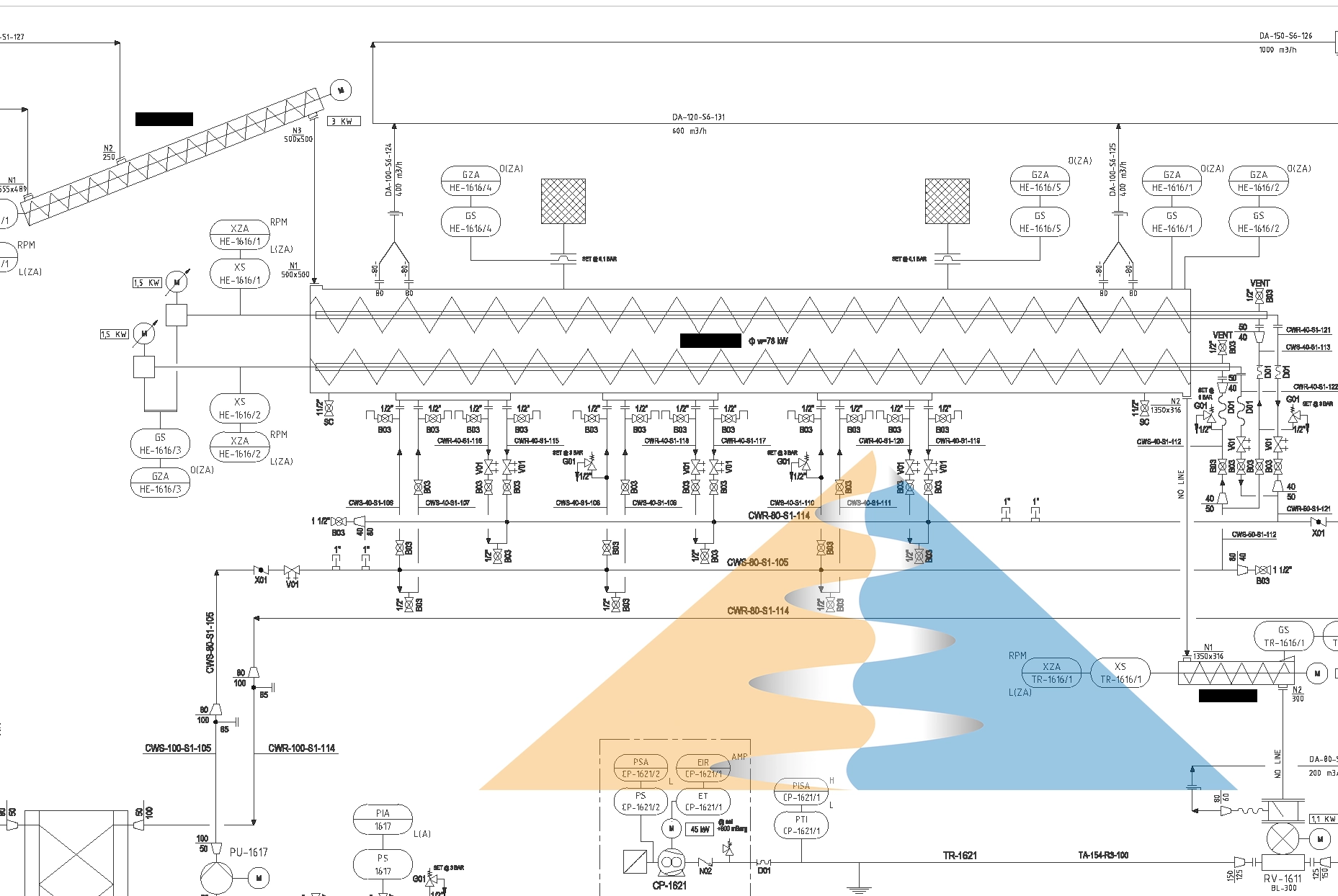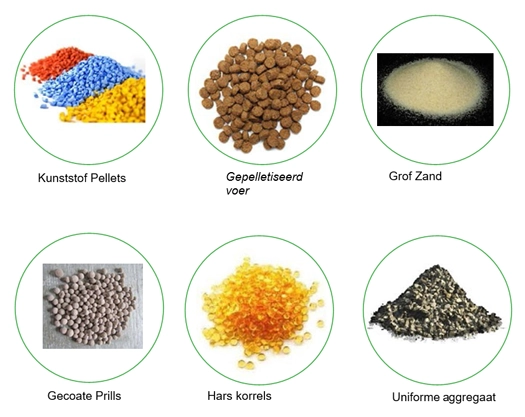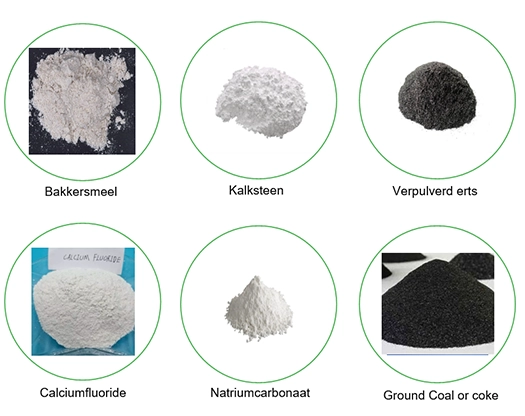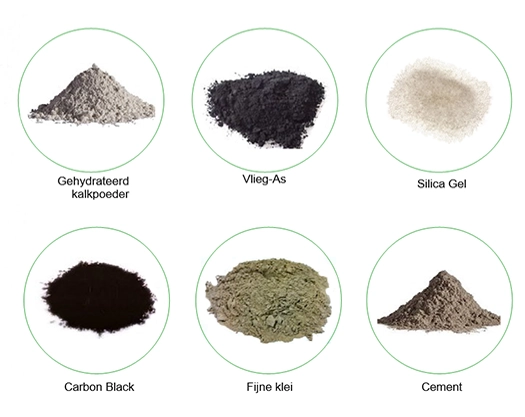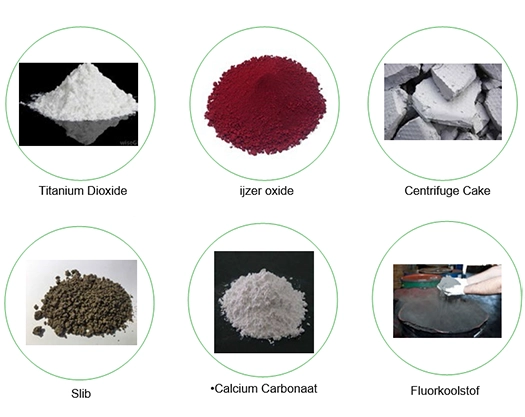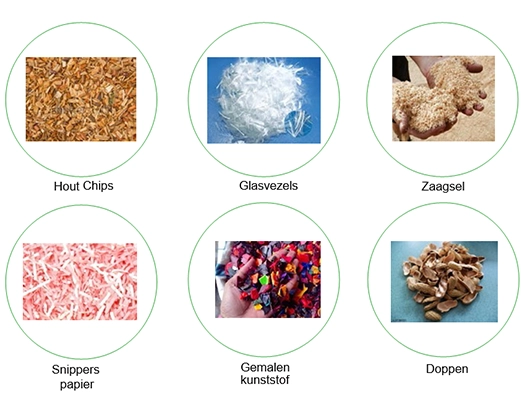Advanced Bulk Material Design and Testing at Klinkenberg
Klinkenberg perfects Screw Conveyors through precise analysis of bulk materials. Our advanced testing ensures systems that perform optimally under all conditions.
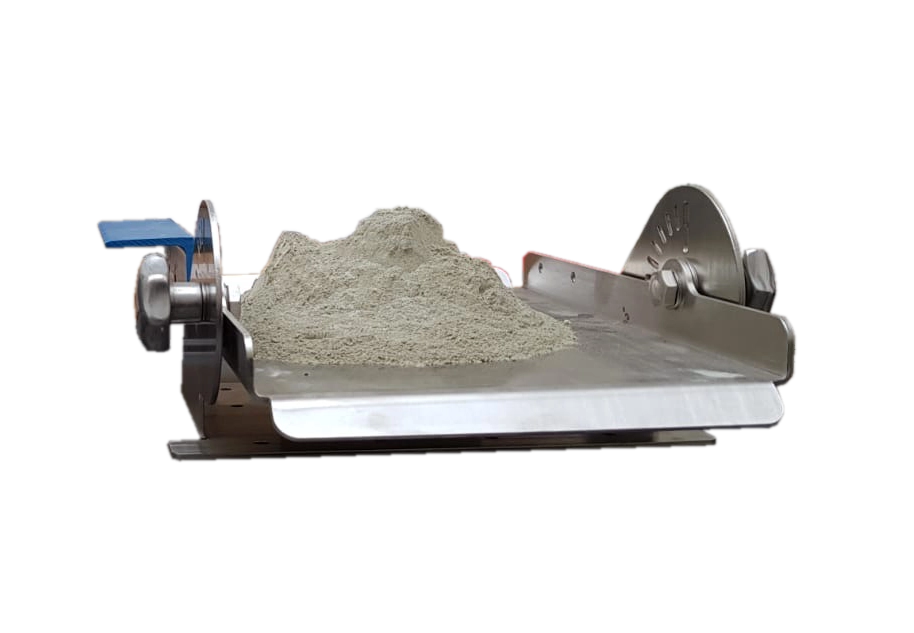

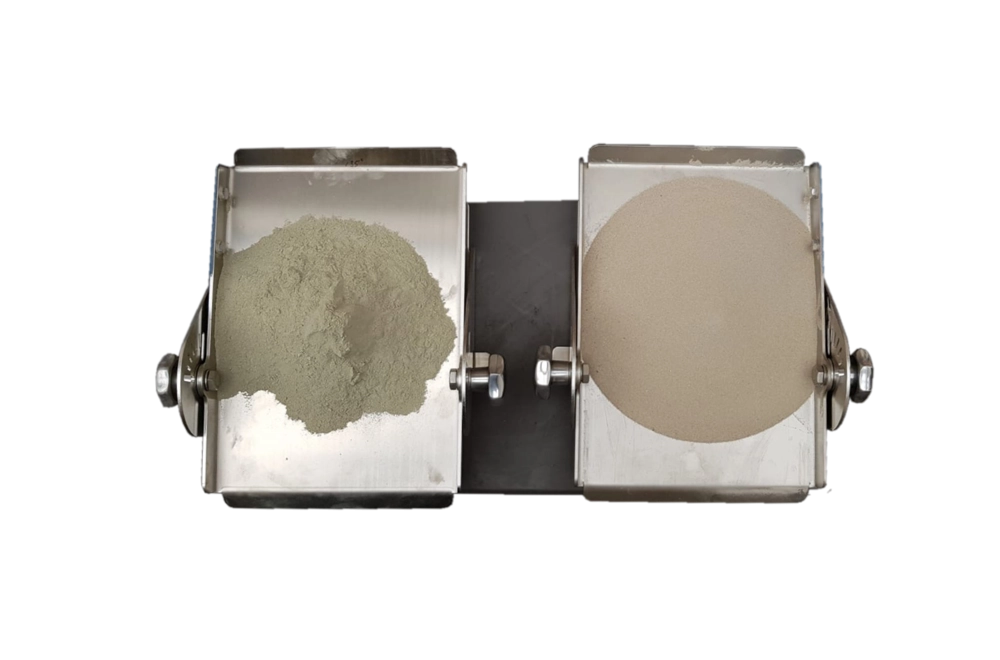
Performance Depends on the Bulk Material
A well-designed Screw Conveyor incorporates specific characteristics based on the flow properties of the bulk material from the early design stages.
We test for:
- Angle of repose
- Particle shape
- Flow behavior
- Particle size
- Hausner ratio
- Bulk density
Particle Size
Particle size affects the flow capacity of a product. Generally, smaller particles are more cohesive. Particles larger than 250 μm tend to flow freely, but particles smaller than 100 μm are often so cohesive that flow issues can arise.
Bulk Density
Important for:
A: Calculating feed range for volumetric/gravimetric Dosing Screws
B: Calculating hopper or bin volume/capacity
C: A factor in determining the pressure or compaction characteristics of a material inside a hopper or bin
D: Structural load calculations
Most bulk solids flow under the influence of gravity. Denser materials are generally less cohesive than lighter ones, resulting in different flow characteristics. Bulk density should not be confused with specific gravity, as specific gravity refers to the density of individual particles, not of bulk quantities.
Particle Shape
Particle shape greatly influences a product’s flow behavior. Round particles have fewer contact surfaces, leading to better flow characteristics. Flake-shaped particles have a high surface-to-volume ratio and exhibit poorer flow behavior.
Hausner Ratio
The Hausner ratio indicates how compressible a product is in relation to its bulk density. It is calculated as the quotient of tapped density (TD) and apparent density (AD).
Screw Conveyor Design
A well-designed Screw Conveyor incorporates specific characteristics based on the flow behavior of the bulk material, taking into account: particle size, density, and shape of the powder. The orientation of the Screw Conveyor also impacts flow capacity—whether installed horizontally, diagonally, or vertically. The capacity depends on the flow behavior of the product, as outlined above.
Knowledge and experience of the designer are essential to achieving a good result. Bulk material behavior can change during processing, leading to unexpected issues. Bulk material remains a complex substance that always requires continued learning and adaptation.
Keep in mind that various flow properties are subject to change and can be influenced by several external variables. These include: moisture content, ambient humidity, temperature, retention time, particle size changes, and human error.
"Powders" are generally considered to be 100% minus 100 mesh. Coarser materials are classified as "granular."
It’s important to recognize that the foundation of flow property testing lies in the precise definition and classification of materials based on their individual handling characteristics. This under a specific set of conditions to reduce the impact of the aforementioned variables.
Klinkenberg machines are designed specifically for the bulk material that the Screw Conveyor will handle.

